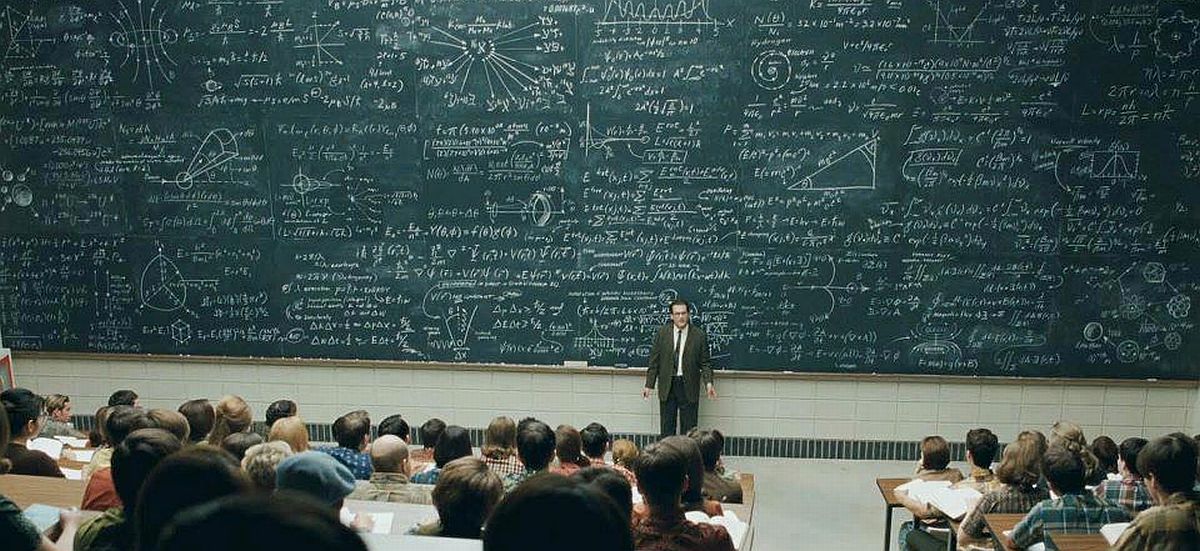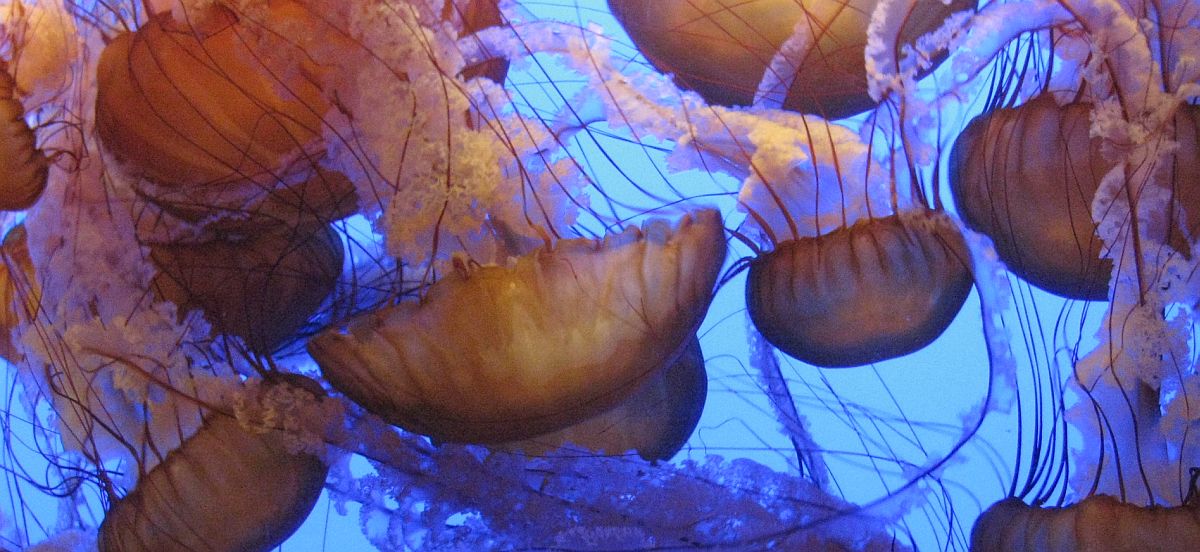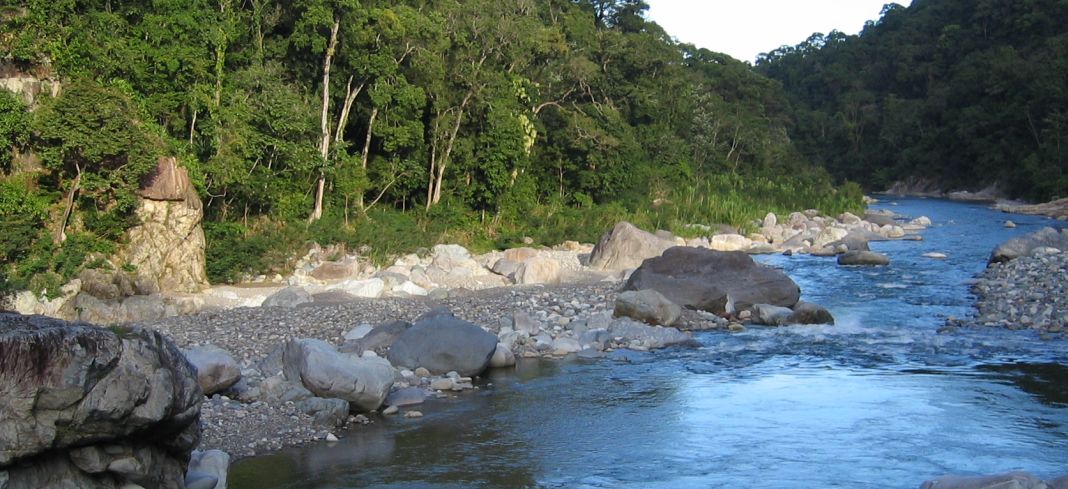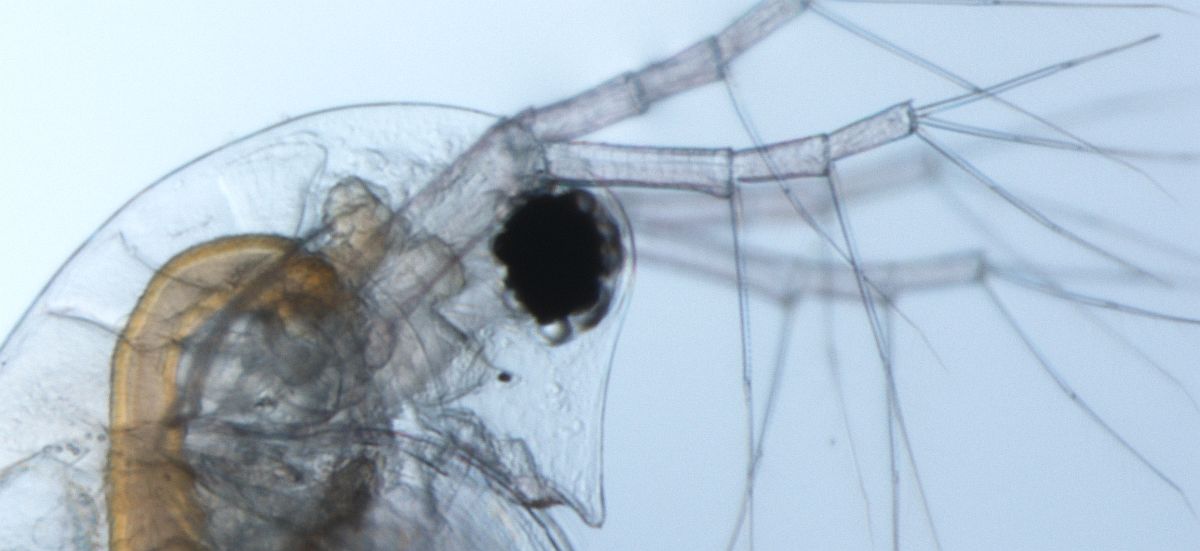What to expect in my classes ...

Students don’t always know what they’re in for when they enroll in my courses. Lectures are almost never about acquiring information; information can be acquired from books, the internet, and all sorts of sources. But what do you do with that information? That is what my courses are about. To varying degrees, all of them include free-form discussion, open questions, collaborative activities, student presentations, applied math, substantive writing, and the occasional vampire. Students may find that they are asked to solve problems they’ve never seen before in small groups, and then report their path toward the solution, but not the solution itself. Dry-erase markers might be silently placed on the desks of haphazardly (not randomly) selected students, who then will have to draw a graph on the board — probably one they've never seen before. And as much as I like keeping students on their toes, no one should have any fear about being wrong, because identifying where you are wrong is the only way to get any better. And thus, in class (but not on exams) it is perfectly fine to be wrong.
Educational Philosophy
Science education should be organized around the process of discovery, illustrating the interplay between creativity and logic that yields scientific understanding. My main goal in teaching a course is to guide undergraduate students toward the point where they can expand their understanding on their own. In many respects, my philosophy of how to do that can be summed up as “less content, stronger connections.” Most of my courses are built on interactive lectures with varying degrees and types of student participation.
In practice, I try to combine innovative approaches with the tried-and-true, because the real goal is for teaching to be effective. Too often, people tout innovation and technology in education as if innovation and technology are themselves the end goals. Technology is not a panacea for education, and I reject technological approaches that merely simplify things for the instructor, but have not been shown to improve student outcomes— especially when the costs are borne by the students.
Teaching Approaches
In my Ecology and Evolution class (for biology majors, usually 80-125 students) no class period is occupied by a strait lecture format. The greatest departure occurs when we turn to The Beak of the Finch, Jonathan Weiner’s Pulitzer Prize-winning book about research on finches in the Galàpagos Islands. The book is a popular science book, rather than a standard textbook, and offers a look at science through a storyteller’s lens. My approach involves several features that are not commonly a part of large science lecture classes.
If you are in the class, for each set of chapters we read, you will be randomly (not haphazardly) assigned one of four or five essay questions. Most of these questions are analytical, and require thinking about the entire reading assignments; answers cannot simply be looked up in the index. Prior to class, you will post a short written commentary to blogs constructed through a specialized course platform (and it’s the written commentary that determines your grade). Once class is over, everyone can read everyone else's commentaries and discuss them through the blog comments. By writing this commentary, you will be strongly prepared to discuss these questions in class. When class meets, I randomly assign students to discussion groups, and in these small groups, we analyze the issues invovled in each problem. As we move through each question, I bring the class together to ensure that all groups have explored the key elements of each question. This involves selecting some individuals to illustrate their ideas on the board, usually through graphs that represent hypotheses, predictions, or actual data— none of which actually are drawn in Beak of the Finch. As a whole, we discuss the strengths of each groups’ approach to the ideas, and move on to the next question, which you will often discover is linked to the previous question.This approach accomplishes several things. First, students gain experience writing about scientific ideas concisely. Second, five whole class days (out of ~25 non-exam days) are devoted to student-led discussions. Third, we are able to get away from “memorizing information” and instead work on analytical thinking, including evaluating whether different ways of responding to a question really are the same, or they address different elements of a question, or they are actually in conflict.
In my Genomics class, I end up doing very little lecturing. Much of the course involves student presentations because the actual objective of the course is to improve students' ability to communicate scientific information. This involves several oral presentations, graphical assignments, and some written work. In many ways, students primarily learn from each other in this course, and those who expect me to just tell them everything they always wanted to know about genomics but were afraid to ask will find themselves frustrated.



